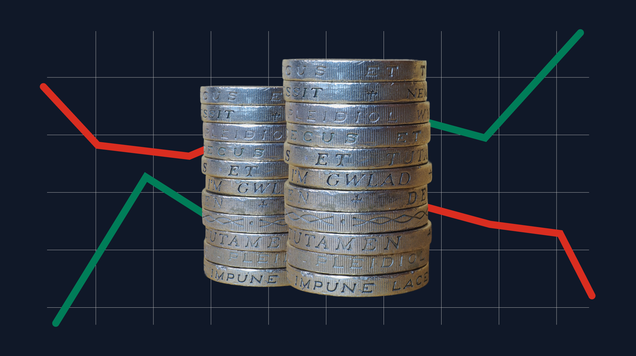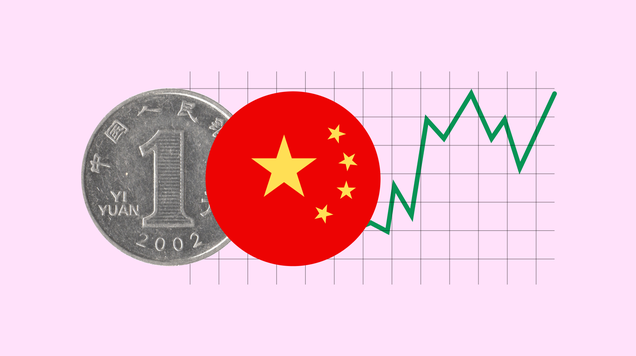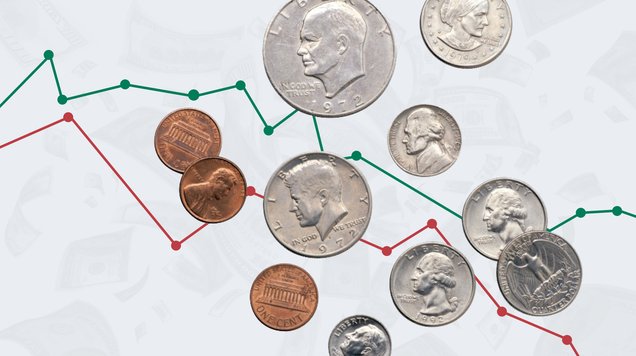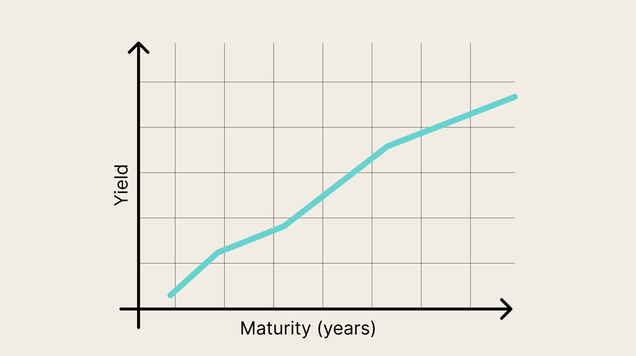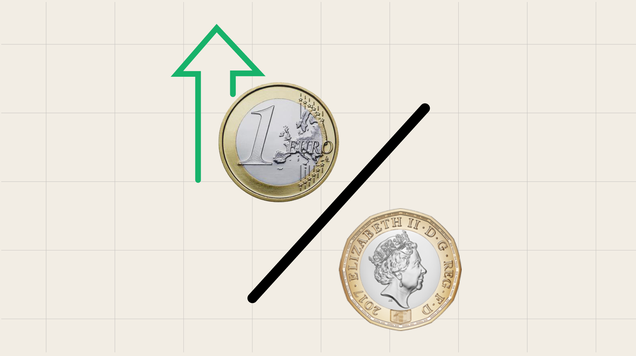Successful trading strategies in the forex market
How to maintain your trading account
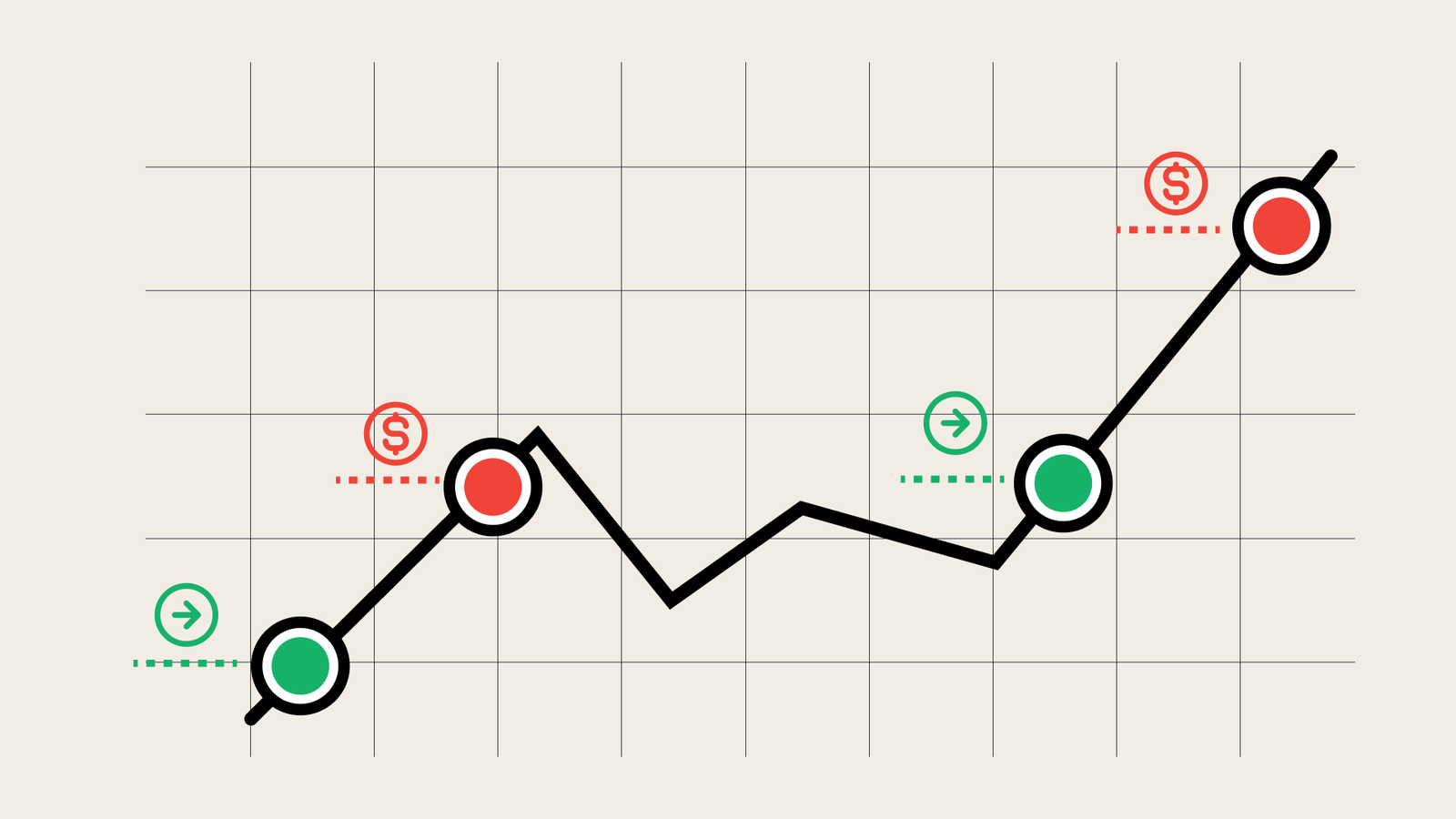
Differences between types of traders and their distinctions.
Identifying entry and exit points for trades.
Monitoring the account and determining return on investment and risk percentage.
The forex market is the largest financial market in the world, with daily trading volumes exceeding $7 trillion. While access to trading has become more widely available to non-professional traders, this has also led to a rise in common mistakes that many traders make on their journey through global markets.
Here are some key steps to help you protect your capital and boost your profits in the forex market:
1. Know what type of trader you are
There are several types of traders, and knowing where you fit is crucial.
- Day trader: Opens and closes all trades within the same day. You’re in and out before the day ends.
- Scalper or short-term trader: Opens multiple trades in quick succession and usually closes all of them within 30 minutes or less.
- Long-term trader or investor: Holds positions for weeks or even months, even if the market temporarily moves against them.
Knowing your trading style helps shape your strategy, risk tolerance, and time commitment.
2. Develop a clear trading strategy
Success in the markets depends on having a well-defined system for making trading decisions. Ask yourself:
- What kind of information will I use to enter or exit a trade?
- Will I rely on economic data, political news, or purely technical analysis?
For example, you might monitor economic indicators and central bank news while also using technical tools like support/resistance levels, trendlines, and indicators. Blending fundamental and technical analysis can help you make better-informed decisions.
3. Define your entry and exit points
While strategy makes up about 20% of your success, knowing exactly when to enter and exit a trade makes up the other 80%.
Even though all your indicators suggest prices are climbing, entering at the wrong time could mean catching the end of the move instead of the beginning. That’s why defining your entry and exit zones is critical—it helps you lock in profits and avoid unnecessary losses, regardless of the market’s direction.
4. Monitor your account and track performance
Regularly reviewing your account—say weekly or bi-weekly—lets you measure the success of your strategy.
Economic conditions can shift fast, and a strategy that worked last month might not perform well under new market dynamics. Staying flexible and adjusting your approach is essential for long-term profitability.
5. Manage risk and set return targets
Before entering any trade, determine your risk-to-reward ratio and make sure it aligns with your overall capital.
For example, risking 1% of your total capital per trade is a commonly recommended approach. You might push that to 2% or even 3% in some situations—but going beyond that increases the chance of blowing up your account.
Good risk management helps you survive losing streaks and stay in the game long enough to benefit from winning ones.
By following these principles, you'll be better equipped to navigate the complexities of forex trading and build a more sustainable, profitable approach over time.
